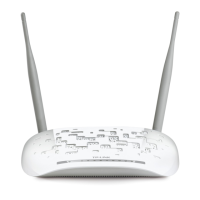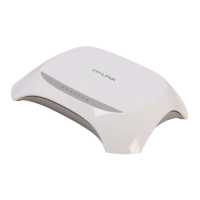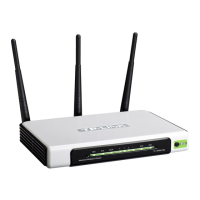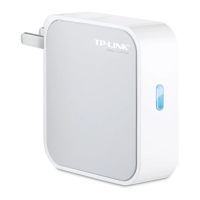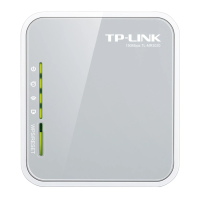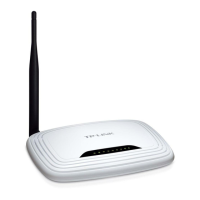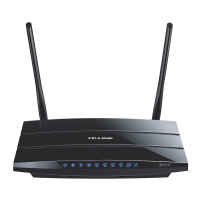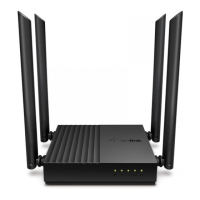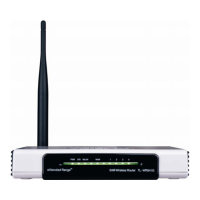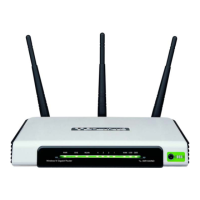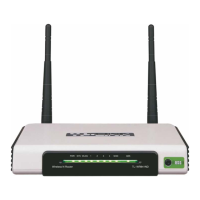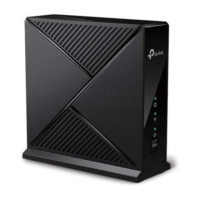
Do you have a question about the TP-Link HC220-G1 and is the answer not in the manual?
| Antennas | 4 |
|---|---|
| Wireless Standards | IEEE 802.11ac/n/g/b/a |
| WiFi Range | Medium |
| Working Modes | Router Mode Access Point Mode |
| Security | WPA / WPA2 |
| Operating Temperature | 0°C to 40°C |
| Operating Humidity | 10% to 90% non-condensing |
Basic introduction to the TP-Link Wi-Fi system, its components, and functionality.
Details the physical aspects of the TP-Link Wi-Fi system devices, including ports and indicators.
Describes the function of each button and port on the TP-Link Wi-Fi system device.
Provides guidance on where to place the TP-Link Wi-Fi system devices for optimal performance.
Instructions on how to connect the main TP-Link Wi-Fi system router, including mode selection.
Steps to connect additional satellite units to expand the Wi-Fi network coverage.
Walkthrough for easily configuring the internet connection and basic settings of the controller.
Steps to configure the controller to function as a primary router.
Steps to configure the controller to operate as an access point.
Instructions for configuring the device to use an IPv6 internet connection.
Process for pairing satellite units with the controller to form a mesh network.
Recommendations for optimal placement of satellite units for maximum Wi-Fi coverage.
Configuration of security features to protect the network from cyber threats and denial-of-service attacks.
How to control access to specific services or block internet access for certain clients.
Methods to block or allow specific devices on the network using MAC filtering or whitelists.
Securing the network by binding IP addresses to MAC addresses to prevent ARP spoofing.
Configuring Application Layer Gateway (ALG) to support specific network protocols.
Setting up the router to make local services accessible from the internet.
Configuring port forwarding rules that activate based on network traffic.
Exposing a device to the internet with all ports open for unrestricted access.
Overview of the network topology and managing connected satellite devices.
Monitoring the connection status between the controller and the internet.
Detailed management options for the satellite units connected to the controller.
Displaying information about all clients connected to the TP-Link Wi-Fi system.
Configuring rules to restrict internet access for specific devices based on time or content.
Customizing Wi-Fi network parameters like SSID, security, and channel.
Modifying the Wi-Fi network name (SSID) and password.
Connecting wireless devices securely and easily using the Wi-Fi Protected Setup (WPS) feature.
Configuring additional wireless networks (SSIDs) for guest access or specific purposes.
Adjusting local area network parameters, including IP address and subnet mask.
Modifying the IP address used by the controller for its local network interface.
Configuring the controller to automatically assign IP addresses to devices on the network.
Assigning static IP addresses to specific devices on the network through DHCP reservation.
Setting up IPv6 addressing parameters for the local network.
Configuring Router Advertisement Daemon settings for IPv6 address assignment.
Setting up the DHCPv6 server for IPv6 address allocation.
Configuring DDNS to access the router remotely using a domain name.
Configuring the correct date and time for the controller, essential for time-based features.
Using diagnostic tools to check network connectivity and troubleshoot issues.
Process for updating the device's firmware to the latest version for improved performance and features.
Saving current settings to a file and restoring them later, or resetting to factory defaults.
Modifying the password used to access the controller's web management interface.
Controlling access to the controller's management interface from devices on the local network.
Enabling and configuring access to the controller's management interface from the internet.
Accessing and saving system logs to help diagnose and troubleshoot device issues.
Configuring TR-069 (CWMP) for remote management and diagnostics by an Auto-Configuration Server (ACS).
Viewing and analyzing internet traffic usage by connected devices.

